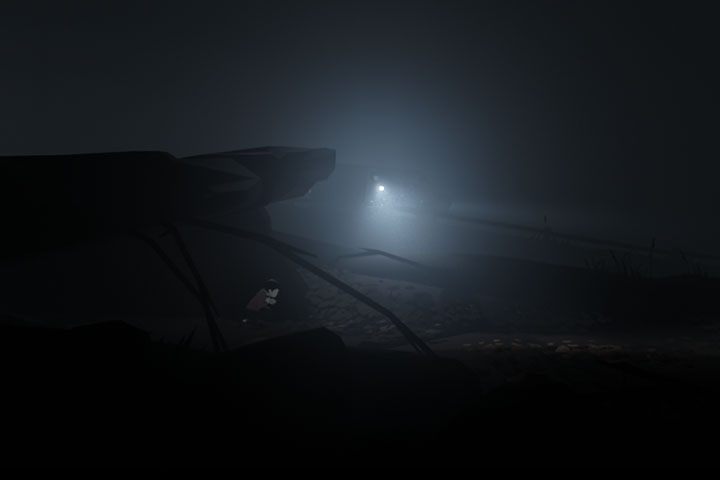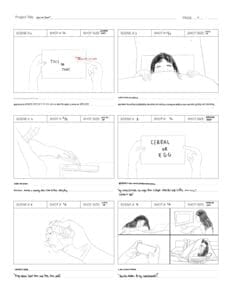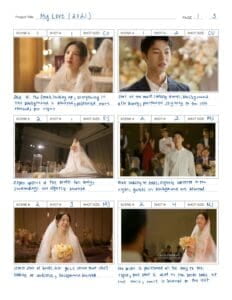I believe that there is a strong relationship between gameplay and learning. Gameplay elements may include but are not limited to game modes, playable characters, technical features, rules of the game and more. There may be instructions in a game but a player cannot truly learn the game or truly understand it until they start playing the game because reading and comprehending the instructions and actually using your hands to interact with the game is different. In some cases, there are no instructions for the player, so it it up to the player to figure out and interact with the game in order to know to play/ finish a game.
For an example, in class when I played the game Inside, there were no instructions, but as I was playing the game, I figured out that I could walk forward and backward, jump over logs as well as gaps, move boxes in order to jump onto a ledge and hide whenever there was someone near a truck or had a flashlight in hand. My goal in this game was to run and hide from police and creatures that chased after me without falling and tripping or being caught. The goal and execution of this game was quite simple. Although the game was pretty straightforward, there were instances where I was unsure about how to continue.

An example would be when I did not know that there was a function that allowed me to move boxes or that I needed to jump while running through the forest or I would trip and fall. It sometimes took me multiple tries, but after a few failed attempts, I ended up finding solutions to the problems I encountered which was a learning experience and a great example of relationship between gameplay and learning.
There is this case study by Toh & Lim called Learning in digital play: a dual case of video gamers’ independent play where they discuss the effects of playing video games on children. In this case study they found that playing video games allow players to demonstrate critical thinking. Additionally, they can also demonstrate multimodal literacy, meaning they can combine information including language, verbal, visual and aural modes in able to understand the game overall. Sometimes our society may have a stigma against video games saying that it is consuming our youth but in this article, the authors mention how playing video games is also a type of learning and that educators should not hold a negative bias towards video games. Instead, they encourage “educators to harness video games in teaching, given how it can bring about different types of learning in the youths.” This case study further supports my claim that there is a strong relationship between gameplay and learning as gameplay is a learning experience for anyone and everyone. There are many elements in a game and each game is different so it is up to the players to familiarize themselves with the game.












